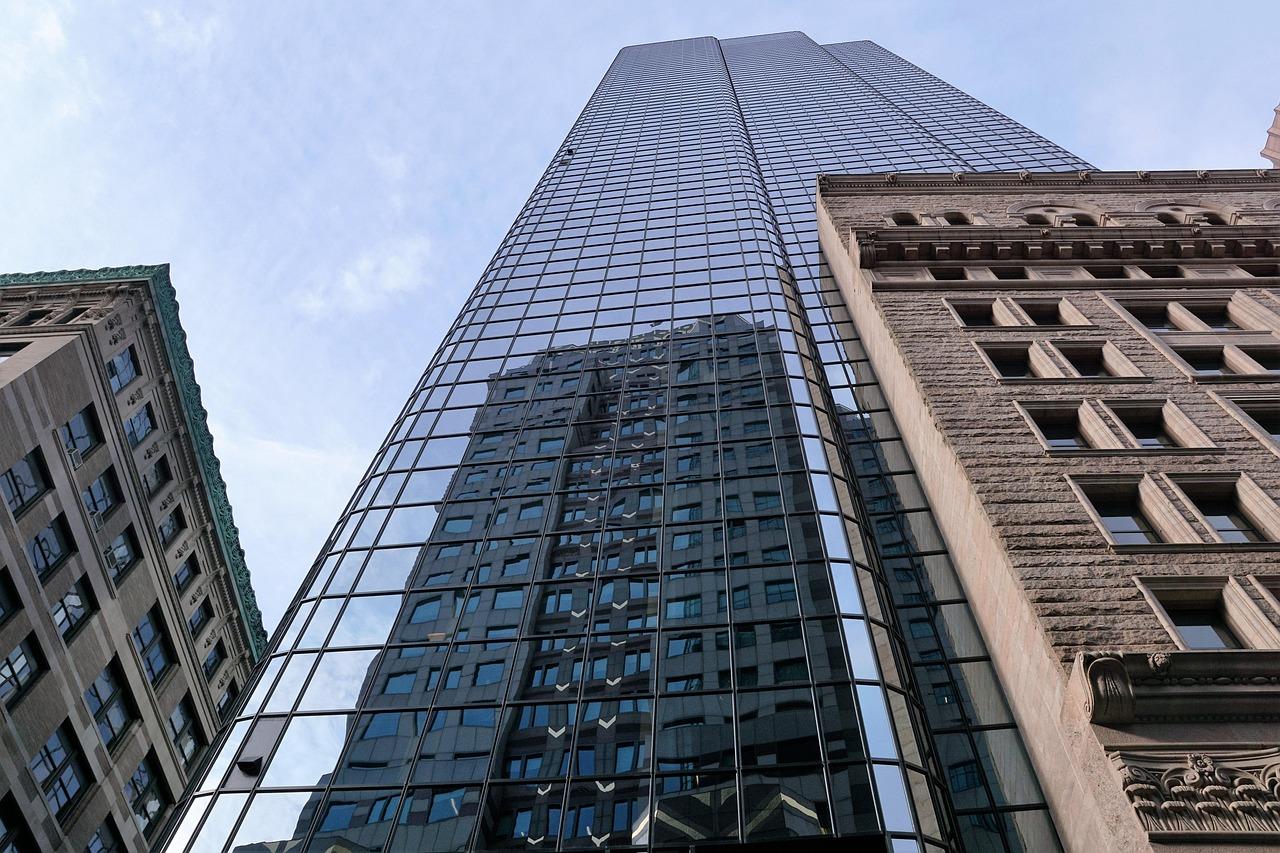
Immigration Success of EB-5 Projects
When evaluating EB-5 visa projects, the ultimate goal is relocation to the U.S. and obtaining a Green Card. Otherwise, there are many other investment options that are less risky or potentially more profitable.
The first factor to consider is how likely the project is to lead to a Green Card. To evaluate this, consider the following:
1. Regional Center Track Record
Examine how successful the Regional Center offering the project has been in securing approvals for I-829 petitions.
- The EB-5 process is lengthy, expensive, and demands compliance with numerous requirements for both developers and Regional Centers.
- If the Regional Center is new to EB-5 and lacks a history of successful I-829 approvals, there’s a risk the team may not be experienced or committed enough to complete the process.
To maximize your chances of obtaining a Green Card, it’s better to choose a project from a Regional Center with at least 3–5 projects where investors have already received I-829 approvals.
2. Job Creation Potential
For a Green Card approval, the project must create at least 10 jobs per investor.
- In Regional Center projects, job creation includes indirect and induced jobs, such as those generated during construction or through related industries (e.g., transportation or food services).
- Jobs are calculated based on USCIS-approved economic models like RIMS II, IMPLAN, or REDYN, which consider the projected costs of the project.
At the I-829 approval stage, the Regional Center must provide evidence that the costs and job creation outlined in the business plan were realized.
To evaluate the likelihood of job creation, consider:
Developer Experience: Does the developer have a strong track record of completing similar projects?Financing: Is the project fully financed, or can it be completed with or without EB-5 funds?
Permits: Does the project have all required permits?
Construction Status: Ideally, construction should already be underway.
Completion Guarantees: Are there assurances that the project will be completed?
Financial Success of EB-5 Projects
A well-chosen EB-5 project offers the opportunity to recover your investment within 3–7 years, making the cost of obtaining a Green Card relatively low. However, if the project fails, you could lose some or all of your investment.
The next crucial factor is assessing how likely the project is to repay your funds.
Assessing Financial Risk
Most EB-5 projects are in the real estate sector, where risk assessment is similar to any other real estate investment. Key factors to evaluate include:
Experience of the Job-Creating Entity (JCE): How skilled is the team in developing, operating, and exiting similar projects?
Capital Stack Position: EB-5 funds can be structured as senior loans, mezzanine loans, preferred equity, or common equity, with equity being the riskiest option.
Loan Collateral: Is the EB-5 loan secured?
Developer Commitment: How much equity has the developer invested in the project?
Investment Term: Shorter terms are preferred but must align with USCIS requirements.
Business Plan Feasibility: Is the plan realistic and achievable?
Profitability vs. Return of Investment
Profitability for EB-5 investors typically comes second to the return of the original investment. Investors often receive only a modest interest rate, so ensuring the project’s ability to repay funds is paramount.
Profitability vs. Return of Investment
Note, we intentionally do not list profitability as a priority for EB-5 investors. Typically, investors receive only a small share of the interest rate paid by the project. We believe that it is more important for investors to ensure their initial investment is repaid. Once you are confident the project will return your funds at the end of the process, you can evaluate the interest rate offered.
The Senior Loan Debate
Using EB-5 funds as a senior loan can be a double-edged sword.
- On one hand, it carries lower financial risk.
- On the other hand, it may raise concerns if the project couldn’t secure a senior loan from a bank, potentially indicating weaknesses in the project.
For example:
- A senior loan for a hotel in a remote location offers little confidence that you’ll recoup your investment if the project fails.
- Conversely, multifamily construction in a high-demand area, where EB-5 funds serve as a mezzanine loan and the developer commits 30% equity, is a far stronger option.
Investment Term
The investment term is another controversial topic. While shorter terms are generally preferred, USCIS has not provided clear guidance on how long funds must remain in the project (sustainment period). From a financial stability perspective, projects with longer investment terms are often safer.
Why? Developers typically require more than a few years to complete construction, lease or stabilize the project, and make it operational. A 3-year term is often insufficient for these steps.
Processing Time for EB-5 Projects
EB-5 projects can fall into various categories: standard, Targeted Employment Areas (TEAs), or infrastructure projects. Most projects are in TEAs, including rural and high-unemployment areas.
- Rural Projects: These have priority processing at USCIS, potentially reducing processing time by 4–12 months.
- High-Unemployment Areas: While typically safer, they may not receive expedited processing.
If speed is your priority, consider rural projects but ensure their safety from an immigration and financial perspective first.
Timing of EB-5 Project Selection
Before finalizing an EB-5 project, work with an immigration attorney to prepare your source of funds. If you select a project before confirming your funds, the project may be fully subscribed by the time you are ready.
- Larger Regional Centers: Launch 2–4 new projects annually, providing fresh opportunities every 3–6 months.
- Smaller Regional Centers: May take 1–2 years to raise capital for a single project.
These are the most critical factors to consider when selecting an EB-5 investment project. For projects offered by Regional Centers with proven track records, visit our projects page.
Categories:




